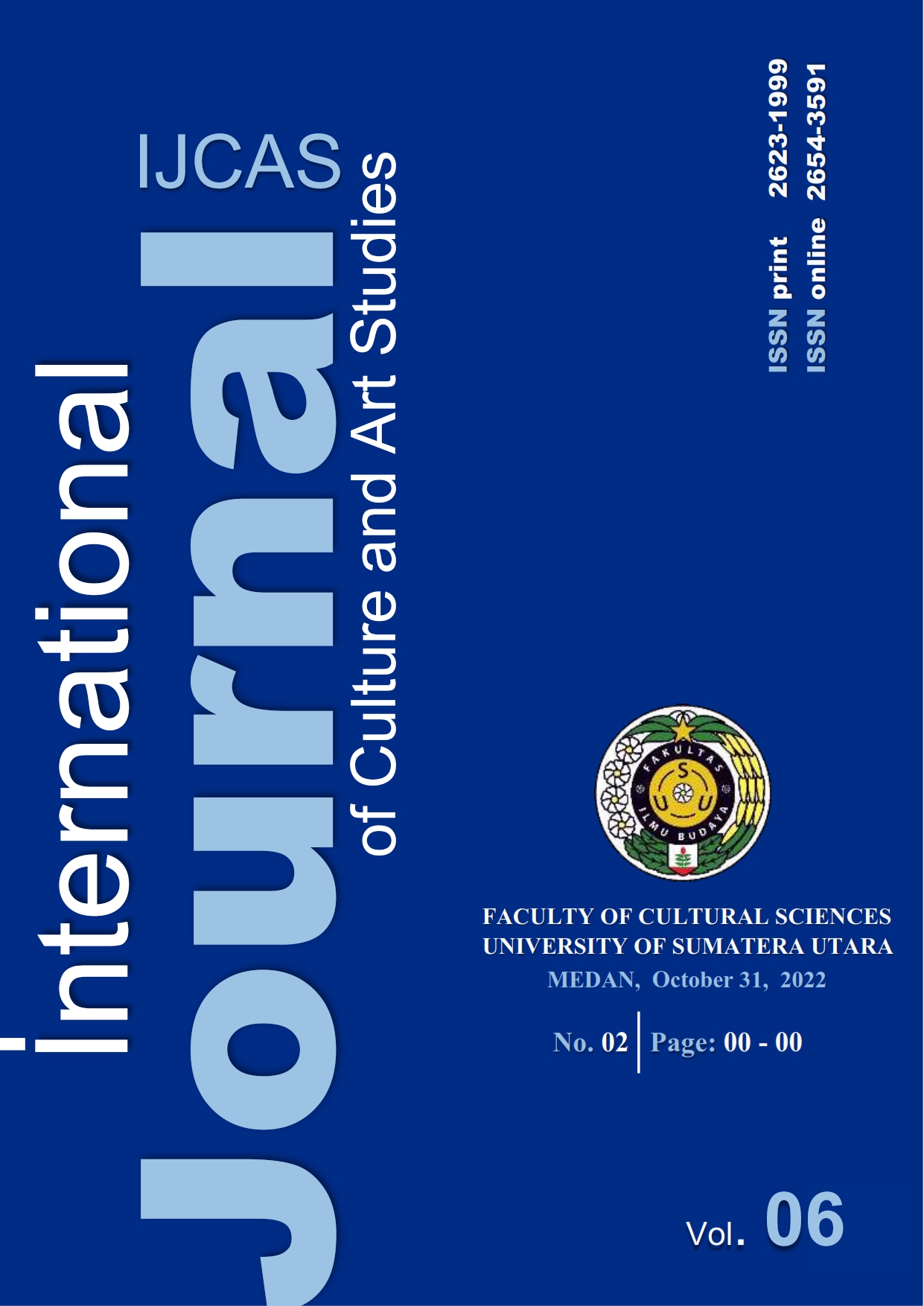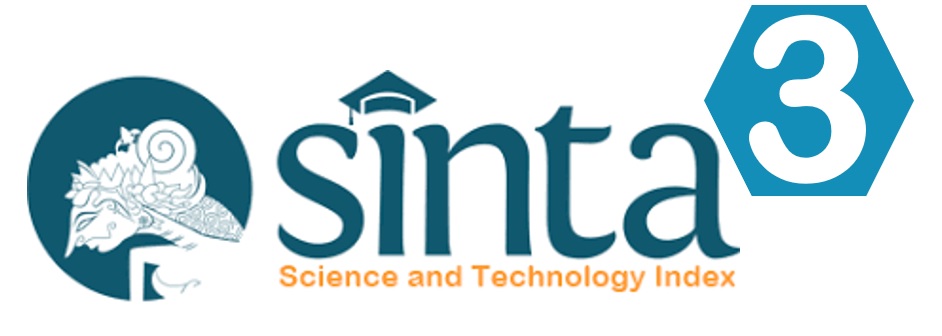Museums in Ghana: Visitor Education, Experiences and Satisfaction
DOI:
https://doi.org/10.32734/ijcas.v6i2.9056Keywords:
Ghana, Exhibition, Museum Education, Satisfaction, Visitor ExperienceAbstract
Patronage and visitor education has been of great concern to the management of museums in Ghana. The need to assess visitors' experience, education, and satisfaction to inform policy is expedient. This study looked at visitor experience and satisfaction with museum education in Ghana. Visiting and studying nine museums under the Ghana Museums and Monument Board (GMMB) and using both qualitative and quantitative approaches, the study revealed that visitor experiences, satisfaction, and education are unsatisfactory. There are issues with teaching methods, the state of exhibits and exhibition styles, and the challenge of low possibility for visitor revisit. Results show that there are low innovative educational and entertaining activities to strengthen museum infrastructure. There is a need to commit resources to strengthen museums and introduce activities that would serve as grounds for museum learning. A strong engagement of visitor education in a positive, socio-cultural and conducive learning atmosphere is very much expedient.
Downloads
References
Aalst Van, I. & Boogaarts, I. (2004). From Museum to mass entertainment. The evolution of the role of museums in cities repeat visitation in mature sun and sand holiday destinations, European Urban and Regional Studies, 9:3, 195-209.
Agbor, J.M. (2011). The relationship between customer satisfaction and service quality: study of three service sectors in UmeÃ¥â€, Unpublished Master's Thesis, UmeÃ¥ School of Business, UmeÃ¥.
Anderson, D., Piscitelli, B., Weier, K., Everett, M., & Tayler, C. (2002). Children's museum experiences: Identifying powerful mediators of learning. Curator, 45:3, 213–231.
Budge, K. (2017). Objects in Focus: Museum Visitors and Instagram, Curator. The Museum Journal, 60(1), 67-85.
Capriotti, P., & Losada-Diaz, J. (2018). Facebook as a dialogic communication at the most visited museums in the world, El Professional de la information, 27:3, 642-650
Chan, J.K. (2009). The Consumption of Museum Service Experiences: Benefits and Value of Museum Experiences, Journal of Hospitality Marketing & Management, 18:3, 173-196.
Colbert, F. (2003). Entrepreneurship and Leadership in Marketing the Arts, International Journal of Arts Management, 6:1, 30-39.
D'Angelo, V. (2020). The Value of Museum Management in the Digitalization Era: Evidence from an Italian Museum, International Journal of Digital Culture and Electronic Tourism, 3:1, 94-108.
Falk, J. H., & Dierking, L. D. (2000). Learning from museums: Visitor experiences and the making of meaning. Walnut Creek: Altamira.
Falk, J.H. & Dierking, L.D. (2012), Museum Experience Revisited, Walnut Creek: Left Coast Press: CA
Gilmore, A. & Rentschler, R. (2002). Changes in Museum Management: A Custodial or Marketing Emphasis? Journal of Management Development, 21:10, 60-80.
Gounopoulous, E. & Vassou, D. (2022). Social Media Use by Museums – A Qualitative and Quantitative Analysis of Two Greek Museums, International Journal of Digital Culture and Electronic Tourism, 4:1, 16-35.
Hashemi, R.M & Babaii E. (2013). Mixed methods research: Towards new research designs in applied linguistics. The modern Language Journal, 97:4, 77-81.
Hein, G.E. (1998). Museum Experience. Journal for Education in Museums, 4:16, 21-23.
Henry, G. (2010) Rethinking Education as the Practice of Freedom: Paulo Freire and the Promise of Critical Pedagogy Policy Futures in Education 8:6, 702-715.
Khanwalker, P., & Venkataram, P. (2021). Identifying and providing museum services for ubiquitous visitors, International Journal of Ad Hoc and Ubiquitous Computing, 38:4, 263-279.
Kotis, K., Angelis, S., Chondrogianni, M & Marini, E. (2021). Children's Art Museum Collections as Linked Open Data, International Journal of Metadata Semantics and Ontologies, 15:1, 60-70.
Mangani, A., & Bassi, L. (2020). Web information, accessibility and museum ownership, International Journal of Policy Tourism, 4, 265-281.
Micah, V.K.B, Donkor, E.K., & Ankrah, O.A. (2022). Traditional Beliefs and Practices in Masquerading: Effutu Context, International Journal of Cultural and Art Studies, 6:1, 1-120.
Nortey, S. & Bodjawah, E.K (2018). Designers and Indigenous Potters Collaboration towards Innovation in Pottery Production, J. Design Research, 16:1, 64-81.
Parasuraman, A., Zeithaml, V.A. & Berry, L.L. (1988), ''SERVQUAL: A Multiple Item Scale for Measuring Consumer Perceptions of Service Quality'', Journal of Retailing, 64:1, 12-40.
Persiani, N., Giusti, M., Vannini, E.I & Landini, G. (2020). The Website for hospital museum: The Santa Maria Nuova Case Study, International Journal of Digital Culture and Electronic Tourism, 3:1, 74-93.
Prameswani, V.M., Sushartami, W. & Ristiawan, R.R. (2021). Perceived Authenticity of the Pancasila Sakti Museum by High School Students, International Journal of Tourism Anthropology, 8:3, 254-275.
Trofanenko, B. (2006). Interrupting the gaze: On reconsidering authority in the museum, Journal of Curriculum Studies, 38:1, 49 - 65.
Yuan, Y., Stephenson, P. & Hickman, R. (2015). Museums as Alternative Settings for Initial Teacher Education: Implications of and beyond the ''Take One Picture'' Program for Primary Art Education, Visual Arts Research, 41:1, 27-42.
Downloads
Published
How to Cite
Issue
Section
License
Copyright (c) 2022 Kwasi Amoako-Hene, Samuel Nortey, Edwin Kwesi Bodjawah

This work is licensed under a Creative Commons Attribution-ShareAlike 4.0 International License.













